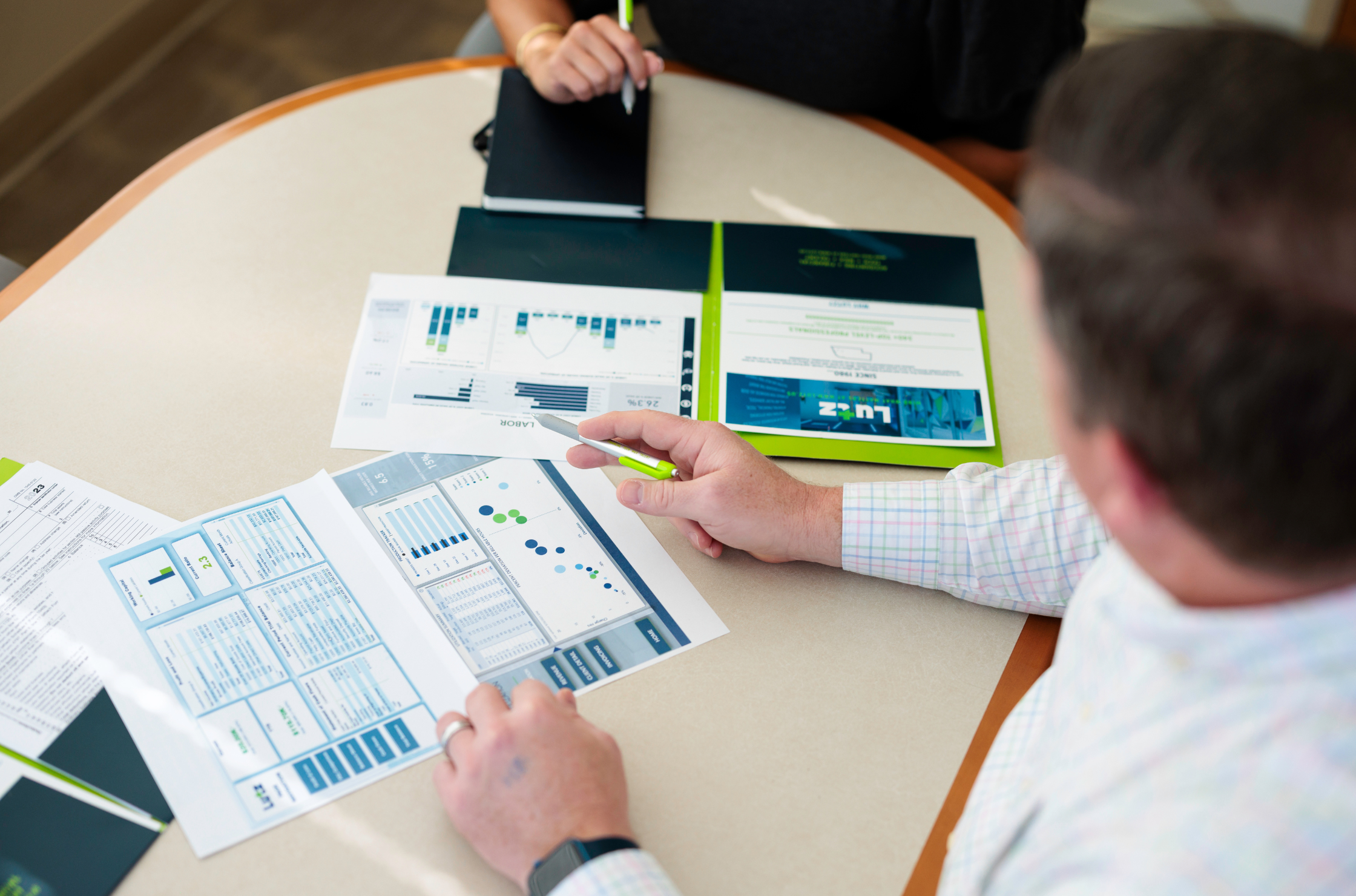%20(1)-4.jpg)
Preparing for a financial statement audit can feel daunting, but the right systems, organization, and communication can make the process far smoother. Building audit readiness into your everyday accounting practices not only saves time but also reduces the risk of costly delays or compliance issues. It also helps ensure your business meets the core requirements of an audit, such as providing sufficient documentation, supporting estimates, demonstrating internal controls, and maintaining complete, accurate financial statements.
What are some common audit challenges?
Even well-run companies can hit roadblocks during audit preparation. Here are a few common trouble areas auditors see:
Documentation
- Missing checks, contracts, invoices, or board minutes
- Lack of support for estimates and judgments
- Documents are stored across multiple locations or shared drives, making it difficult to trace transactions
- Lack of consistent naming conventions or version control for contracts and financial records
Unreconciled Accounts
- Bank, AR/AP, and inventory reconciliations are not up to date
- Variances between subledgers and the general ledger
Internal Controls
- Inadequate segregation of duties
- No documented policies or procedures
- Controls are not refreshed or tested periodically, making it harder to ensure they operate effectively
Audit Readiness Timeline
A simple timeline can help you stay on track and keep your audit process running smoothly:
|
Timeline |
Key Actions |
|
3 Months Before Year-End |
|
|
1-2 Months Before |
|
|
During Audit |
|
|
Post-Audit |
|
Build Audit Readiness into Everyday Operations
Audit readiness shouldn’t begin a few weeks before year-end; it should be built into your ongoing accounting rhythm. Establishing strong internal practices throughout the year not only saves time during an audit but also strengthens financial accuracy and control.
- Reconcile and review accounts regularly. Perform monthly reconciliations for bank, AR/AP, and key balance sheet accounts to catch discrepancies early.
- Periodically assess and document internal controls. Keep written policies on key procedures such as cash handling, expense approvals, and journal entry posting.
- Ensure traceability of transactions. Each transaction should be supported by clear documentation (receipts, approvals, or contracts) that auditors can easily follow from source to statement.
- Educate your internal team. Provide periodic training or refreshers on audit expectations, document retention, and evidence requirements. A well-prepared team shortens audit timelines and minimizes questions from auditors.
- Use audit-ready software tools. Many cloud accounting platforms allow you to tag, store, and cross-reference documentation directly to transactions, reducing manual file management.
Post-Audit Follow-Up
What you do after an audit can have a major impact on future efficiency and compliance.
- Address findings promptly. Review any control weaknesses or recommendations identified during the audit and create an action plan with clear owners and deadlines.
- Utilize feedback to improve systems. Use auditor insights to strengthen reporting accuracy, streamline approvals, or modernize outdated accounting processes.
- Conduct internal reviews mid-year. Performing a lighter “self-audit” six months after year-end helps confirm that corrective measures were implemented and are working effectively.
- Maintain ongoing dialogue with auditors. Staying connected throughout the year allows you to discuss any new transactions, system changes, or business events that could affect future audits.
- Evaluate whether your follow-up process is working. Do recommendations get completed, documented, and communicated to leadership? If not, refine your workflow to carry them out.
Partner with Lutz for Audit Confidence
A smooth audit starts with preparation and the right partner. Lutz’s Audit solutions help businesses strengthen financial reporting, improve internal processes, and navigate the audit process with confidence. Contact us to learn how we can support your organization’s next audit.

- Achiever, Positivity, Includer, Learner, Woo
Joe Dahir
Joe Dahir, Audit Manager, began his career in 2017 as an intern with Lutz. Since then, he has built a strong foundation in audit and assurance services. Additionally, he has contributed to internal initiatives focused on training Lutz’s international workforce and improving audit processes through AI and automation tools.
Specializing in leading audit engagements, Joe focuses on employee benefit plans, investment funds, and the construction industry. He serves as the primary point of contact for clients, prepares financial statements, and reviews documentation for accuracy and completeness. Joe values being part of the process that helps clients succeed, especially when it involves solving complex challenges or identifying more efficient ways to work.
Joe, an avid Husker fan, lives in Omaha, NE, with his wife, Hannah, and their dog, Jojo. Outside the office, he enjoys traveling, golfing, and spending time with family and friends.
Recent News & Insights
Tired of Complex Books? 8 Ways to Simplify Your Accounting
HR Solutions That Elevate the Employee Experience
Cost Report Update
Multistate Tax Trends to Watch in the Midwest



.jpg?width=300&height=175&name=Mega%20Menu%20Image%20(1).jpg)
%20(1).jpg?width=300&height=175&name=Mega%20Menu%20Image%20(2)%20(1).jpg)
%20(1)-Mar-08-2024-09-27-14-7268-PM.jpg?width=300&height=175&name=Untitled%20design%20(6)%20(1)-Mar-08-2024-09-27-14-7268-PM.jpg)

%20(1)-Mar-08-2024-09-11-30-0067-PM.jpg?width=300&height=175&name=Untitled%20design%20(3)%20(1)-Mar-08-2024-09-11-30-0067-PM.jpg)
%20(1).jpg?width=300&height=175&name=Mega%20Menu%20Image%20(3)%20(1).jpg)
%20(1).jpg?width=300&height=175&name=Mega%20Menu%20Image%20(4)%20(1).jpg)
%20(1).jpg?width=300&height=175&name=Mega%20Menu%20Image%20(5)%20(1).jpg)
-Mar-08-2024-08-50-35-9527-PM.png?width=300&height=175&name=Untitled%20design%20(1)-Mar-08-2024-08-50-35-9527-PM.png)


.jpg)




